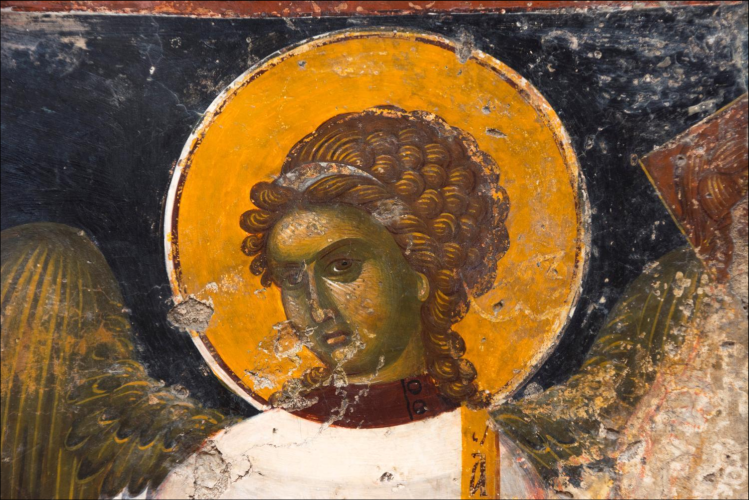
EPHORATE OF ANTIQUITIES OF HERAKLION
Digital Interactive Educational and Promotional Services for the Museum of St. Catherine in Heraklion
THEMATIC SECTIONS
Wall-paintings
Artistic evolution in Crete ceased abruptly after the
Venetian conquer in 1211, since the island became isolated from the artistic
centers of the Βyzantine
Empire. In the period that followed local artisans remained focus to the
archetypes of the past. Under these circumstances, the archaistic and usually
provincial character of the Cretan wall-painting of the first period of the
Venetian occupation is easily explicable. This style survived until the third
decade of the 14th c., when the Cretan painting knew a new revival under the
influence of the Palaiologan Renaissance.
The gradual penetration of this new tendency and its further
evolution, eased by the immigration of Constantinopolitan artisans to Crete due
to the ottoman threat, leaded into an accession of the artistic level and
formatted the specific character of the artistic vague that was described under
the term “Cretan School of Painting”. This high quality painting is encountered
in a series of churches, usually related to educated clergymen or wealthy
donors, from the end of the 14th and the beginning of the 15th c. onwards.

